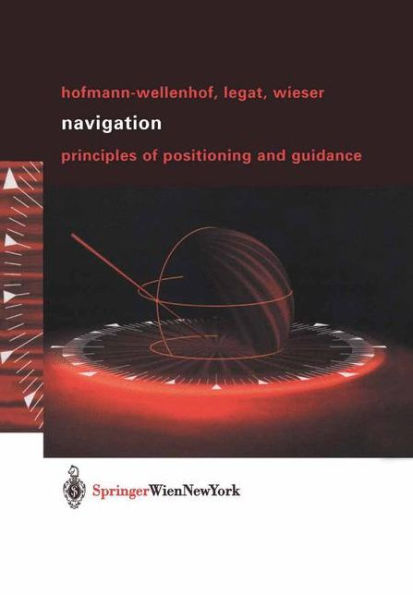5
1
9783211008287



Navigation: Principles of Positioning and Guidance / Edition 1 available in Paperback, eBook

Navigation: Principles of Positioning and Guidance / Edition 1
- ISBN-10:
- 3211008284
- ISBN-13:
- 9783211008287
- Pub. Date:
- 10/02/2003
- Publisher:
- Springer Vienna
- ISBN-10:
- 3211008284
- ISBN-13:
- 9783211008287
- Pub. Date:
- 10/02/2003
- Publisher:
- Springer Vienna

Navigation: Principles of Positioning and Guidance / Edition 1
$99.99
99.99
In Stock

Product Details
| ISBN-13: | 9783211008287 |
|---|---|
| Publisher: | Springer Vienna |
| Publication date: | 10/02/2003 |
| Edition description: | Softcover reprint of the original 1st ed. 2003 |
| Pages: | 427 |
| Product dimensions: | 6.69(w) x 9.61(h) x 0.04(d) |
From the B&N Reads Blog
